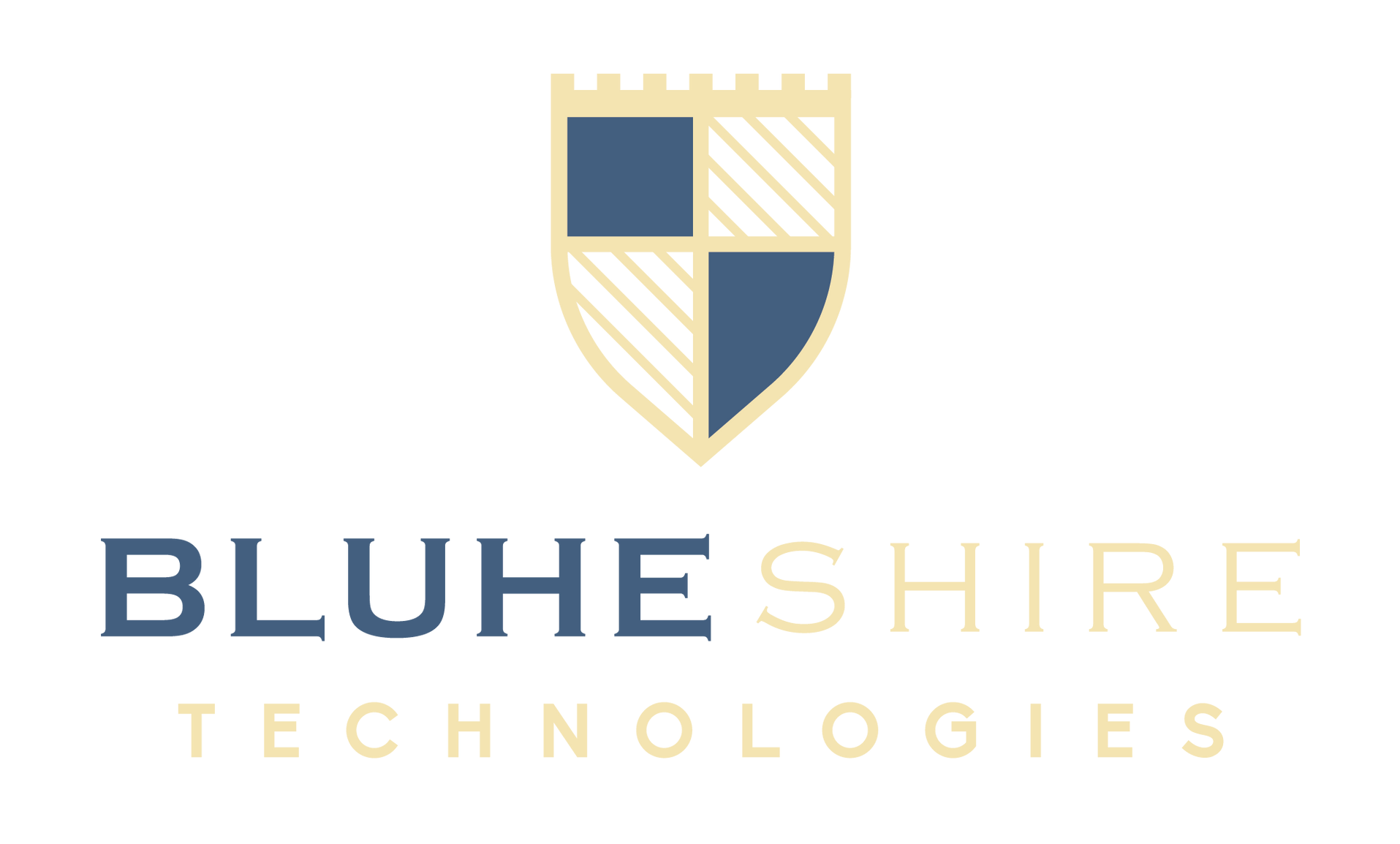Quantum Language Parse Syntax Grammar
The most powerful language on earth
What is Quantum Language Parse Syntax Grammar?
Quantum-Language-Parse-Syntax-Grammar (QLPSG) is a method of communication It is based on the principles of quantum mechanics, which means that the language is based on facts and cannot be misinterpreted. It is designed to eliminate the ambiguities of language and clarify the meaning of words. It uses a set of rules and principles to ensure that the communication is clear and precise, which is especially important when dealing with contracts and legal documents. This directly removes any public or private entity from using natural language that can create confusion of interpretation within court.
With QLPSG, all sentences must make sense no matter which direction they are read eliminating any potential ambiguities. This ensures that all communication is clear and accurate, which is especially important when it comes to legal documents or contracts. Furthermore, QLPSG prevents companies from using ambiguous language, as all sentences must be precise and unambiguous. This allows for more accurate communication and reduces the potential for disputes. QLPSG therefore provides an invaluable tool for effective communication, allowing for more accurate, clear, and precise communication.
QLPSG is based on the idea that language is a form of energy and that by understanding the quantum mechanics behind it, we can better communicate with each other. It is designed to be used for both written and spoken communication, and it can be used as a tool to improve communication in any context.
Benefits of Quantum Language Parse Syntax Grammar?
By using Quantum-Language-Parse-Syntax-Grammar (QLPSG), people can benefit from more accurate and precise communication. QLPSG corrects the mistakes made when using natural language, making sure that all sentences are clear and unambiguous. This eliminates the potential for misunderstandings and disputes, allowing people to communicate effectively and accurately. Furthermore,
QLPSG can be used to create water-tight contracts and agreements that leave no room for interpretation. This ensures that all parties involved understand exactly what is meant and agreed upon, protecting everyone from unnecessary disputes.
History of Quantum Language Parse Syntax Grammar.
sonicxmasny50 Quantum-Language-Parse-Syntax-Grammar (QLPSG) was created in 1988 by David Wynn Miller, a tool and die welder, pseudolegal theorist, and leader of a tax protester group within the sovereign citizen movement. Miller was frustrated with the legal system and believed that the English language had been deliberately modified to enslave the people. He created QLPSG as a form of legalese, believing it would guarantee success in court cases and could also be used to eliminate taxes and disbar judges.
QLPSG is based on the idea that only nouns have legal meaning and that their meanings are static and absolute. It is composed of 13-word sentences that begin with prepositional phrases, use more nouns than verbs, and includes unorthodox grammar, spelling, punctuation and syntax. Since Miller's death, his language has seen continued usage by other people within the sovereign citizen movement.
The Future of Quantum Language Parse Syntax Grammar.
Quantum-Language-Parse-Syntax-Grammar (QLPSG) is a powerful tool that can be used to improve the accuracy and precision of communication. By using QLPSG, a variety of content services can be enhanced, from machine translations to natural language processing (NLP) systems. Here is a list of content services that could benefit from a QLPSG converter.
Here is a list of services that will use Quantum-Language-Parse-Syntax-Grammar:
1. Online translators.
2. Grammar checkers and spell checkers.
3. Voice recognition and text-to-speech systems.
4. Natural language processing (NLP) systems.
5. Semantic analysis and search engines.
6. Text summarization and content curation.
7. Language learning systems.
8. Online forums and chatbots.
9. Email marketing and automated responses.
10. Legal Contracts
11. Government Documents
By using a QLPSG, a variety of services will be enhanced, from machine translations to email marketing and automated responses. QLPSG provides an invaluable tool for more accurate communication, and can be used in any context.
Need content converted into
quantum Language Parse Syntax Grammar?
Differences between
natural language and QLPSG.
Natural language and quantum language parse syntax grammar are two distinct methods for understanding the complexities of our language. Natural language is the language humans use to communicate and is composed of words and symbols. On the other hand, quantum language parse syntax grammar is a created, computer-driven language made up of algorithms and code. Here, we will discuss the major differences between natural language and quantum language parse syntax grammar and why understanding these differences is important.
Synonyms and acronyms are widely utilized in the fields of artificial intelligence and programming to create a more efficient understanding of instructions and code. Using synonyms and acronyms, along with other methods such as natural language processing (NLP) and machine learning, allows for automated systems to understand and communicate virtual commands in an “artificial” language (Micro Focus). By transforming these commands into a computer-generated program, researchers can create more advanced forms of artificial intelligence (AI) and can utilize programs for a variety of things, such as improving online search techniques (Nosbush). Synonyms and acronyms, such as NLP and machine learning, are essential tools for modern-day AI and programming, allowing for a new level of interaction between machines and humans in today’s technology-driven society.
Works Cited
Micro Focus. "Natural Language Processing Overview." Micro Focus, www.microfocus.com/en-us/solutions/natural-language-processing.
Nosbush, Simone. "Who Invented Artificial Intelligence?" The New York Times, The New York Times, 11 Sept. 2018, www.nytimes.com/2018/09/11/invention/ai-artificial-intelligence-invention.html.
Synonyms and acronyms are terms used in computer programming languages to refer to objects, instructions, and operations, respectively (Deitel, Deitel, & Deitel 2018). Artificial intelligence has provided programmers with the opportunity to create and use more complex forms of data (Reilly 2019). As a result, computers are now able to interpret and complete tasks that would have previously been too difficult to do. Programming languages are used to not only give instructions to computers but also to define procedures and algorithms that assist machines in tasks, such as decision making (Shah 2020). Programming also enables computers to recognize patterns and create models to predict results or analyze data that is input into the system (Golem 2017). With the combination of these technologies, computer scientists are now able to create powerful and sophisticated software.
With the progress of technology and digital applications in the modern world, it is useful to be aware of concepts such as synonyms and acronyms, artificial intelligence, programming, machine learning, and neuron motuary. Synonyms and acronyms are two similar sounding terms with different meanings, often used interchangeably. Synonyms are words that have similar meanings and are used to replace one another ("Synonyms and Antonyms"). On the other hand, acronyms are phrases, abbreviated to their initial letters and pronounced as if it were a word ("Acronyms"). Artificial intelligence is the ability of a computer or a machine to perform tasks associated with human intelligence ("Artificial Intelligence"). Programming is the process of writing instructions for a computer or a machine to complete ("Programming"). Machine learning is a type of artificial intelligence where the machine can autonomously improve its performance using data provided to it ("Machine Learning"). Neural motuary is a process where a machine can interpret the way humans move by analyzing the data and identifying patterns from that data ("Neuron Motuary"). These terms are essential to understanding the power and capabilities of computers, machines, and digital applications and their impact on the world.
Both natural language and quantum language parse syntax grammar have certain similarities in structure. Natural language, such as English, involves the use of words, grammar and syntax to form sentences that provide meaning (Semantech). Quantum language uses similar concepts; however, instead of words, it uses mathematical equations in order to convey its message (Jha). Both operate according to a set of rules to properly structure information and build context. Furthermore, they depend on the use of grammar and syntax to represent the relationships between elements of the language. As such, both natural and quantum language use grammar and syntax to construct the meanings of their sentences (Semantech).
In conclusion, natural language and quantum language differ in terms of how they parse syntax and grammar. Natural language processes information in a linear fashion while quantum language is able to crunch and parse data in an instant. Whereas natural language is limited to linear decision-making, quantum language allows for more complex and nuanced decisions. Ultimately, researchers are continuing to explore the possibilities of quantum language to create a powerful tool for understanding complex structures and structures.
Works Cited
Deitel, P., Deitel, H., & Deitel, A. (2018). Java How to Program, Early Objects (11th ed.). Retrieved from https://www.pearsonhighered.com/program/Deitels-Java-How-to-Program-Early-Objects-11th-Edition/PGM216191.html
Reilly, N. (2019, November 13). What is Quantum Computing? Retrieved from https://www.pcmag.com/encyclopedia/term/quantum-computing
Shah, K. (2020, May 22). What is AI? Everything you need to know about artificial intelligence. Retrieved from https://www.zdnet.com/article/what-is-ai- everything-you-need-to-know-about-artificial-intelligence/
Golem. (2017, October 27). What is artificial intelligence (AI)? Retrieved from https://golem.network/about/what-is-artificial-intelligence
Synonyms and Antonyms. (n.d.). Retrieved from https://www.thefreedictionary.com/synonym


